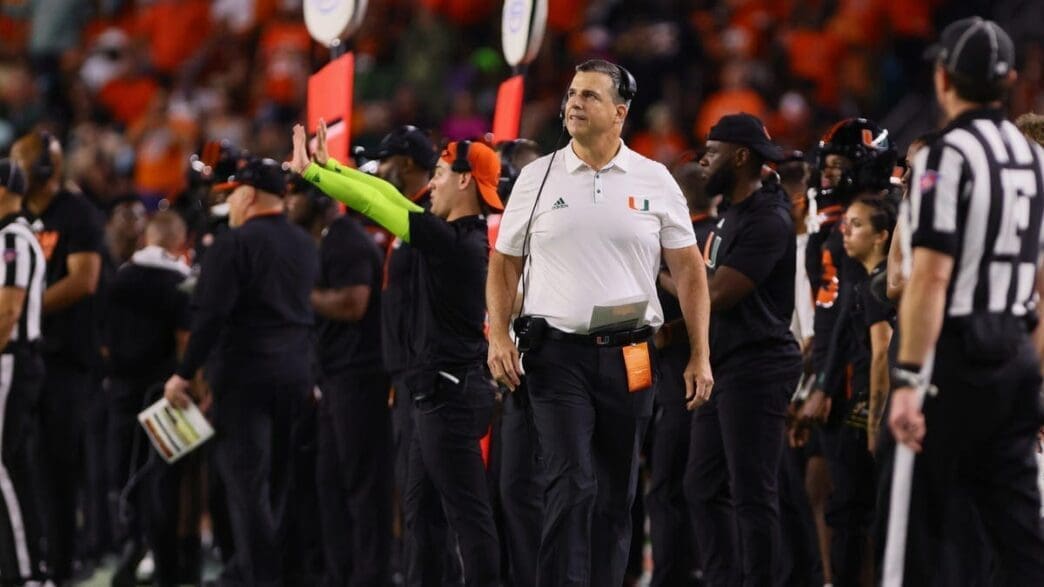The NCAA has announced that the transfer portal will open for college football players from December 9 to December 28, enabling players to seek new opportunities with other programs during this period.
The transfer portal, introduced in 2018, has become an essential tool for college athletes seeking to move between schools while maintaining eligibility. Players who wish to be recruited by other programs must enter their names into the transfer portal, an online database, by December 28. However, teams participating in the College Football Playoff and late December bowl games are granted an additional five-day window in January to navigate player transitions.
A secondary window for the transfer portal is scheduled from April 16 to April 25, 2025, further allowing movement among players. This system helps athletes transfer schools smoothly, provided they meet specific academic criteria to be immediately eligible to play.
In a significant development for the UCF Knights, the team recently welcomed back Scott Frost as head coach. Frost, returning to replace Gus Malzahn, faces the challenge of revitalizing UCF after a challenging season. Given the timing of the early signing period, which has already passed, the transfer portal presents a critical opportunity for Frost to bolster the UCF roster.
The NCAA’s decision to adjust the opening dates of the transfer portal to December aligns with changes in the early signing period. Previously, the portal opened earlier, which last year resulted in a record number of players transferring before signing new contracts between December 20 and 22. The current schedule emphasizes the signing of high school recruits, who are now the focus of the earlier date.
Entering the transfer portal involves notifying a player’s current school of their intention, which then adds their name to the portal typically within 48 hours. Players are free to discuss their intentions publicly and may withdraw from the portal if their current school agrees. Notably, schools are prohibited from recruiting players who have not yet entered the portal, ensuring a level of fairness in the recruitment process. Importantly, while there is no cap on the number of athletes a team can acquire from the portal, teams must adhere to existing scholarship limits.
Future guidelines for the portal may change, particularly with the pending NCAA lawsuit settlement potentially influencing scholarship policies. Current reports suggest that the scholarship limit for FBS Division I teams might increase from 85 to 105, though it’s unclear if this will affect the total roster sizes.
As the NCAA transfer portal opens, teams and players alike are poised to leverage this opportunity for strategic adjustments. For teams like UCF, these changes provide a vital avenue to enhance team capabilities and address roster needs after early signing periods.
Source: News-journalonline








